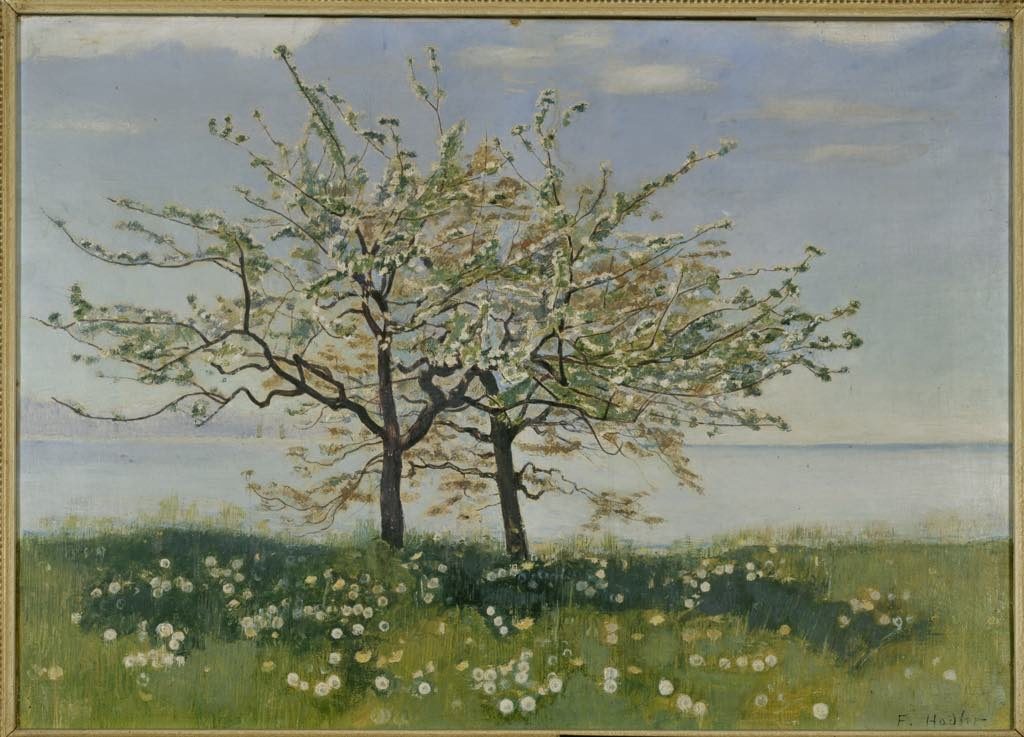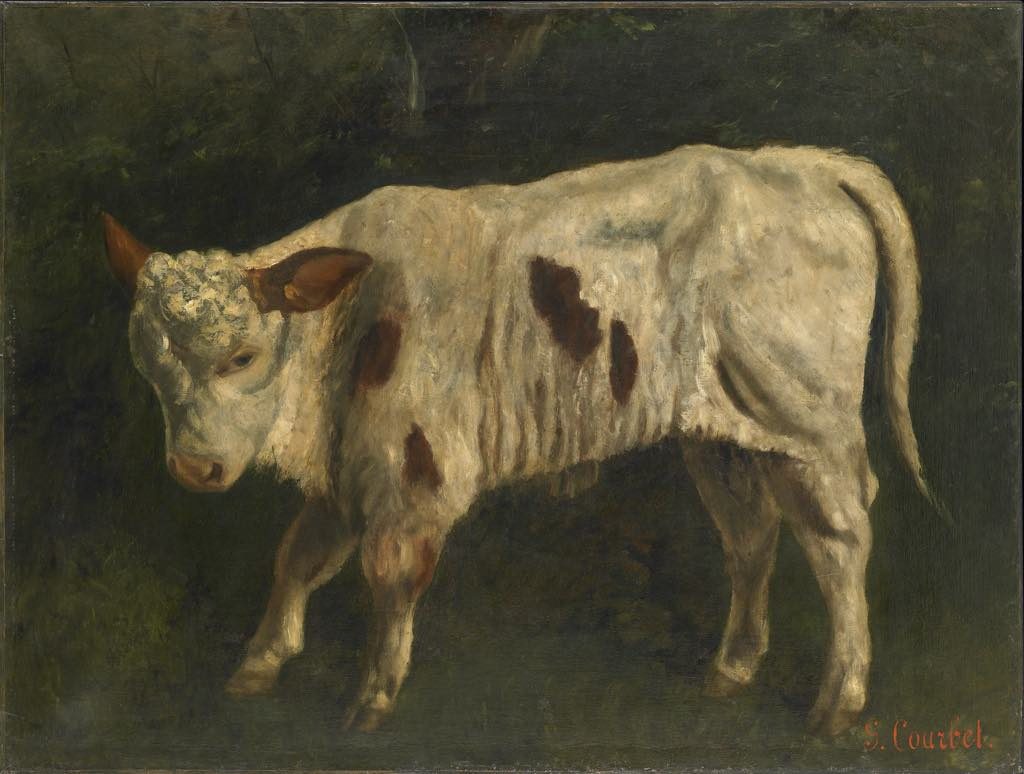
Any fan of the painter Gustave Courbet (1819-77) will relish the drive from Besançon to his hometown of Ornans in eastern France, near the Swiss border. You may even feel like a tiny figure in one of his luxuriant landscape paintings as you pass through the misty, heavily wooded mountains studded with dramatic rocky outcrops, with the occasional lone longhaired goat on a hilltop.
The drive is the first step in understanding where Courbet came from. The second is a visit to the Musée Courbet, situated in the former Courbet family home, which has been successfully modernized. It sits on the River Loue, famed for its trout, and offers floor-to-ceiling views of the clear, shallow, fast-running stream and the houses planted right in the water on stilts.
The main attraction is, of course, the work of Courbet. This year, the museum has been holding a series of special exhibitions to celebrate the 200th anniversary of the artist’s birth. The current one, “Courbet/Hodler: Une Rencontre,” pairs works by the French painter with those of Swiss artist Ferdinand Hodler (1853-1918).
Although it is not known whether the two ever met, it is a fact that the younger Hodler was a great admirer of Courbet, whom he saw as a model for his own career. Their work was exhibited together several times in their lifetime, and they had friends in common, notably the painter Barthélemy Menn, Hodler’s teacher.
Their works are grouped together here by theme: women, nature, social concerns (both were Republicans and humanists), and views of Lake Geneva, where both lived at different periods of their lives: Courbet after being forced into exile after having participated in the Paris Commune (for which he also spent time in prison) and Hodler as a young man.
It is a great pleasure not only to compare the similarities and differences between the approaches of the two artists – Hodler had a brighter palette and lighter touch, to sum it up broadly – but also to see so many masterpieces by each of them: Courbet’s magnificent “The Oak at Flagey” (1864; pictured at the top of this page), for example, and the powerful “White Calf” (1872-73), both painted in the region.
Highlights of works by Hodler include “Frühlingswiese am Salève” (Spring Prairie at the Foot of Mont Salève) (1888), a lovely landscape, and the delicate “Apple Trees alongside Lake Geneva” (c. 1893), both from private collections, as are many of the other works on show here. The latter is an example of how Hodler introduced the symmetry and rhythm of “parallelism” into his works,
Why go to Ornans? Courbet said it best himself: “To paint a place, you must know it. I know my region and I paint it. These woods are my home. … Go see for yourself: you will recognize all my paintings.” It’s a moving experience.
Note 1: While you are in the village of Ornans, head for the main street and pick up some of the local trout and the delicious smoky Ornanaise sausages, speckled with trompettes de la mort (horn of plenty) mushrooms. Check at the tourist office for information on the many hiking trails in the area.
Note 2: If you can’t make it to Ornans, Courbet’s 200th birthday is also being celebrated at the Petit Palais in Paris with the wonderful exhibition “Yan Pei-Ming/Courbet: Face to Face” (through January 19, 2020), which juxtaposes works by the two artists.
Favorite


